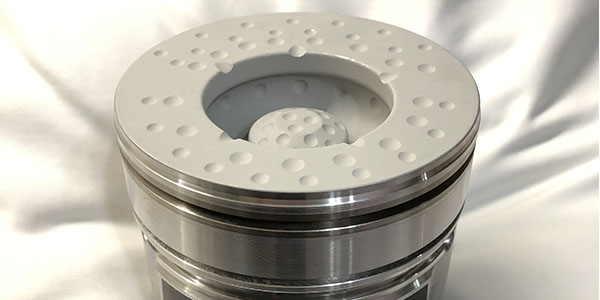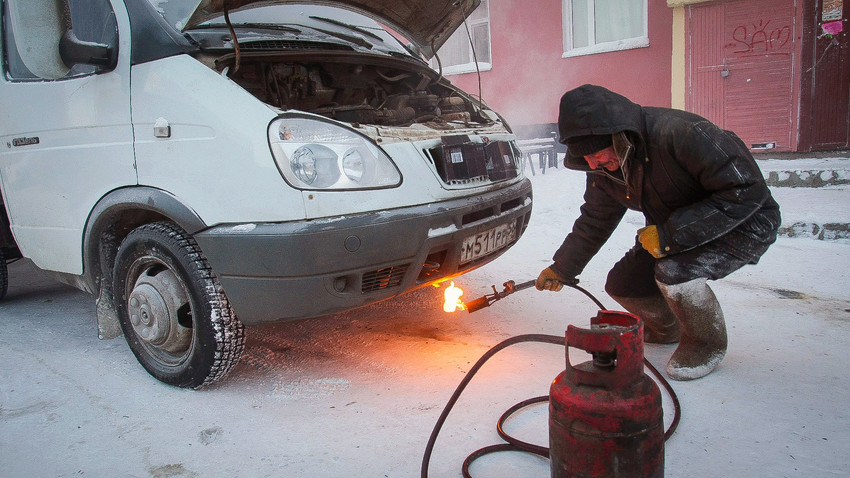
Speed of Air Engine Technologies Breakthrough Piston Technology - Engine Builder Magazine
Speed of Air® (SoA) Engine Technologies has developed patented technology to enhance the efficiency of medium-duty Cummins®, Powerstroke® and Duramax® engines, providing measurable performance and fiscal benefits. SoA’s patented piston treatment on its Hyperformance Pistons™ provides increased...
www.enginebuildermag.com

